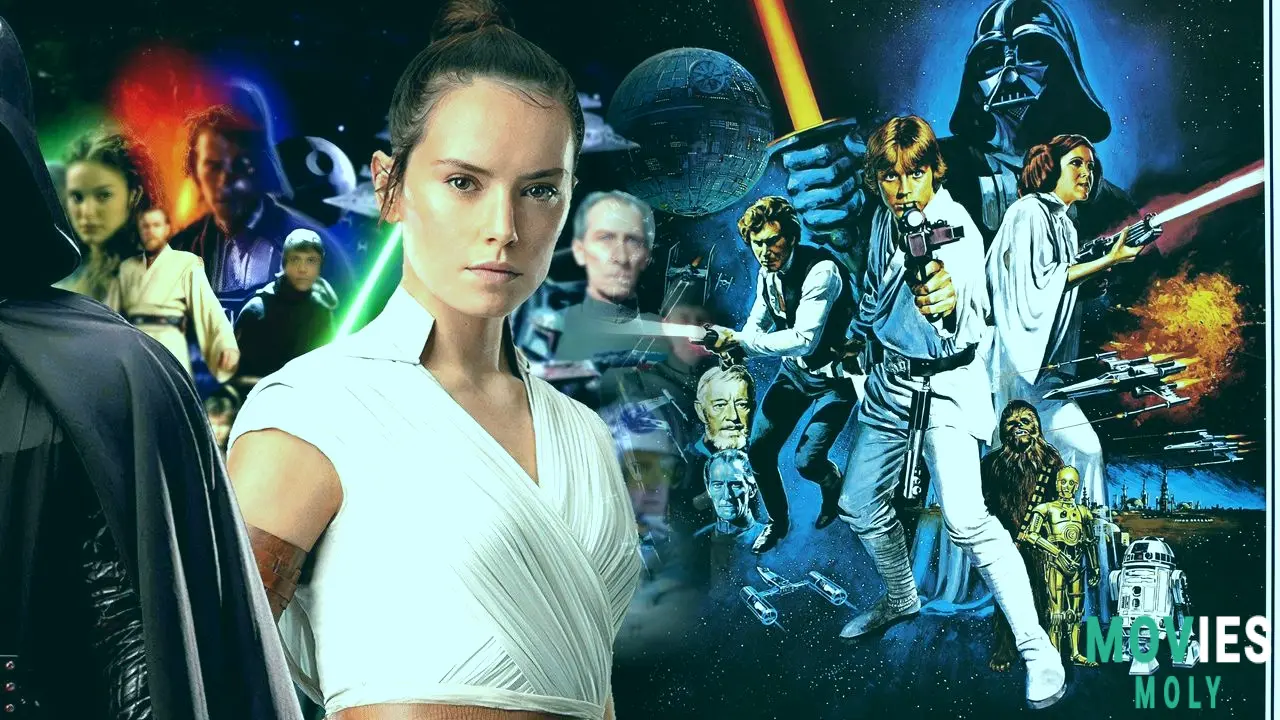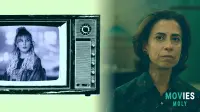Stepping into the vast universe of Star Wars can feel a bit overwhelming, especially when you try to figure out the "right" way to watch all the movies. Should you start with the old ones? The new ones? What about the ones that came out in the middle? There are so many films now, plus a ton of TV shows, that deciding on a viewing order can be a real puzzle. It almost feels like a rite of passage for a true fan to have a strong opinion about this.
For those new to the galaxy far far away or for seasoned fans wanting to try something different, I understand the struggle. We all want to experience the story in the best possible way. The good news is there is no single perfect answer. It mostly depends on what you want from your viewing experience. Do you want the original surprise? Or a clean story from beginning to end? Let's break down the most popular ways people watch Star Wars.
Just to make sure we are all on the same page, the movies are generally grouped into three main trilogies. The Original Trilogy came out from 1977 to 1983 and includes A New Hope, The Empire Strikes Back, and Return of the Jedi. Then there is the Prequel Trilogy from 1999 to 2005, featuring The Phantom Menace, Attack of the Clones, and Revenge of the Sith. Finally, the Sequel Trilogy from 2015 to 2019 has The Force Awakens, The Last Jedi, and The Rise of Skywalker. On top of these, we also have standalone films like Rogue One: A Star Wars Story and Solo: A Star Wars Story. It is a lot to consider.
Starting Your Star Wars Journey with the Original Release Order: The Classic ApproachDetailing the Chronological Path of Cinematic History as George Lucas First Intended
The simplest way to watch the movies is in their theatrical release order. This is how many of us first saw them, and it is how George Lucas originally put them out into the world. You start with the films that hit cinemas first, then move forward in time. This order feels quite natural because it is how the story unfolded for audiences over decades.
The release order means you watch: A New Hope, The Empire Strikes Back, Return of the Jedi (the Original Trilogy); then The Phantom Menace, Attack of the Clones, Revenge of the Sith (the Prequel Trilogy); and finally, The Force Awakens, The Last Jedi, The Rise of Skywalker (the Sequel Trilogy). If you want to include the standalone films, they generally fit best after the main trilogies or can be watched in their own release order. For example, Rogue One came out before The Last Jedi, and Solo before The Rise of Skywalker.
Many fans like this order because it keeps the big reveal about Darth Vader in The Empire Strikes Back a secret. When that movie first came out, audiences had no idea about Vader's true identity, and it was a shocking moment. Watching the prequels first would ruin that surprise entirely. So, for someone watching Star Wars for the very first time, this order allows them to experience that classic shock just like older fans did. It gives you the story bits in the way Lucas himself introduced them. It is a good choice if you are aiming for that original feeling.
Following the Story as It Unfolds: Watching Star Wars in Chronological Order
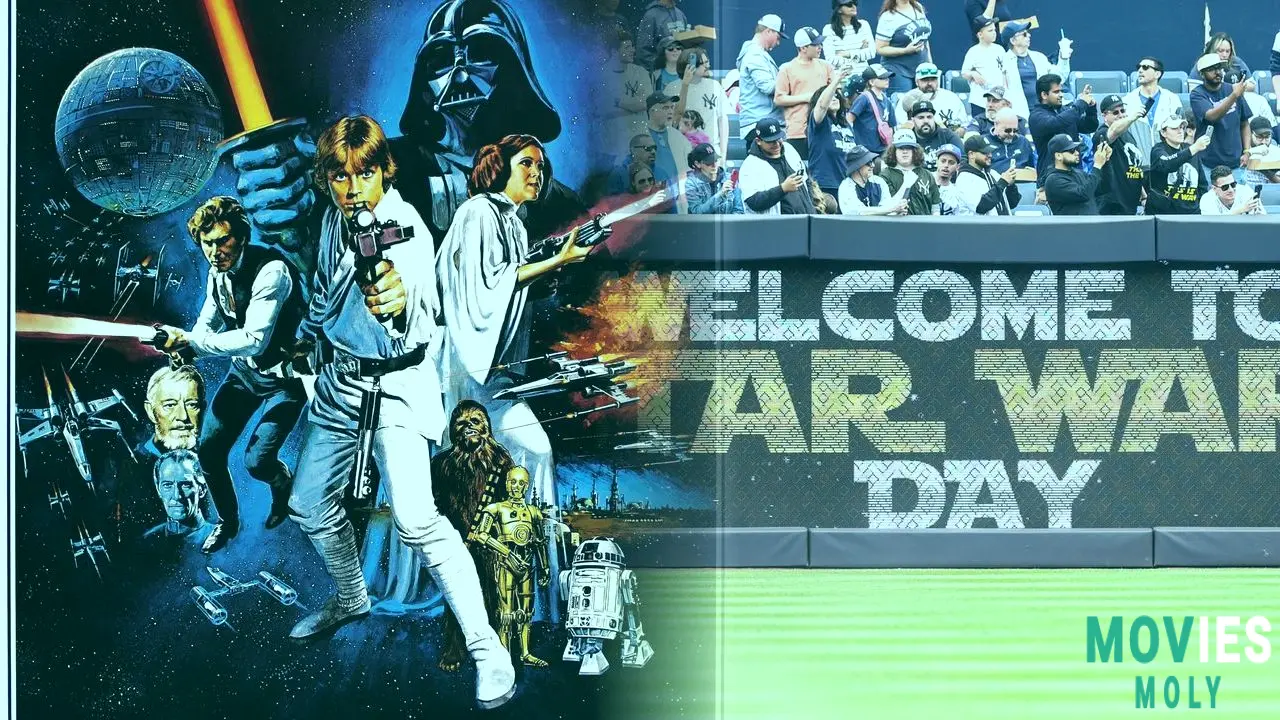
The Surprises and Sacrifices of Watching the Saga From the Very Beginning
Another popular option is to watch the movies in chronological order, based on when the story events actually happen within the Star Wars universe. This means you start with the Prequel Trilogy, then move to the Original Trilogy, and finish with the Sequel Trilogy. This approach feels like reading a book from cover to cover without skipping chapters.
The chronological order would be: The Phantom Menace, Attack of the Clones, Revenge of the Sith; then A New Hope, The Empire Strikes Back, Return of the Jedi; and finally, The Force Awakens, The Last Jedi, The Rise of Skywalker. The standalone films fit quite well into this order too. Solo: A Star Wars Story takes place before A New Hope, showing Han Solo's younger years. Rogue One: A Star Wars Story leads directly into A New Hope, telling the story of how the Rebel Alliance got the Death Star plans. It makes sense to watch Rogue One right before A New Hope because it directly sets up the events of that first movie.
The big downside to this order, especially for first-time viewers, is that it completely spoils the Darth Vader reveal. You know who Anakin Skywalker becomes long before Luke does. This takes away a major emotional punch from The Empire Strikes Back. However, for longtime fans, watching chronologically can offer a fresh perspective. You see the characters' journeys and the rise and fall of the Empire in a continuous timeline. It might make certain plot points feel more connected. But if you have never seen Star Wars, I would probably tell you to avoid this order for your first time. That Vader moment is just too good to miss as a surprise!
The Fan-Made Fix: Considering the Machete Order for Your Star Wars Movie Marathon
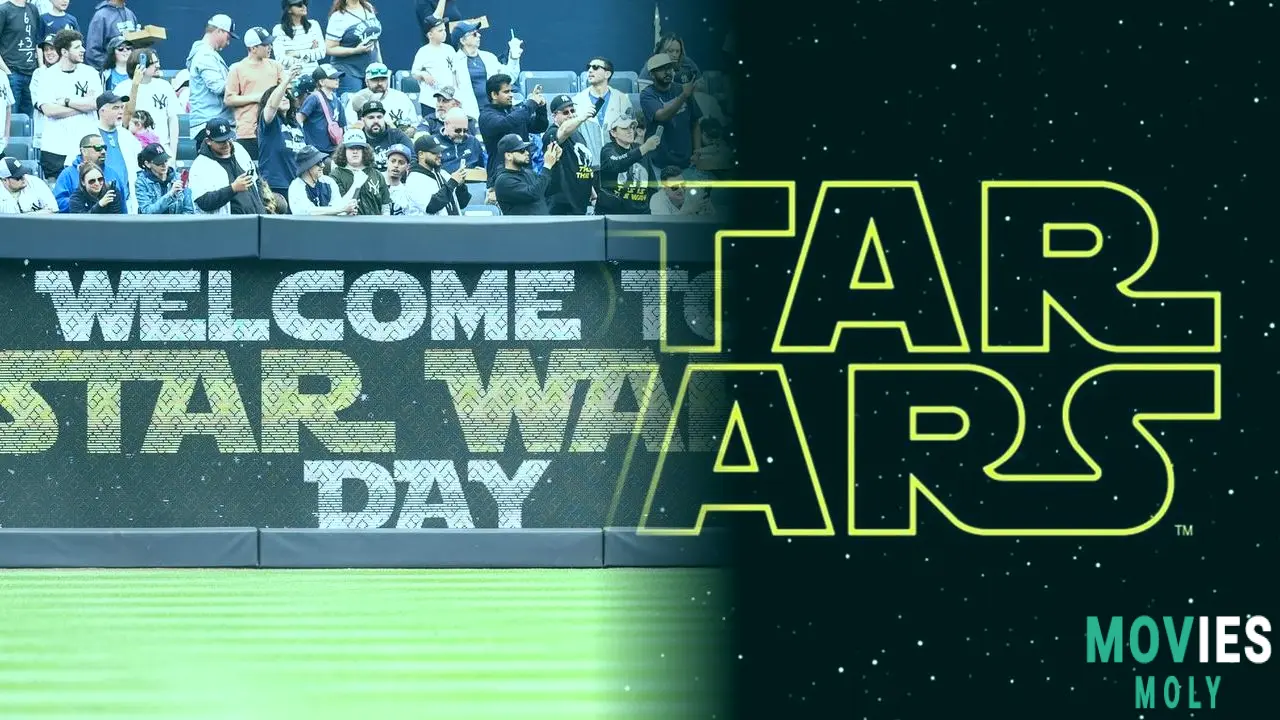
Why This Creative Order Might Be Your Best Bet For First-Time Viewers
For those who want to watch chronologically but without spoiling the Vader reveal, a fan-made option called the "Machete Order" comes into play. This order tries to balance the story flow with the surprise elements of the original films. It is a clever way to experience the saga for perhaps the first time.
The Machete Order works like this: You start with A New Hope and The Empire Strikes Back. Then, just after Luke learns the truth about Darth Vader, you stop. You go back and watch the Prequel Trilogy: Attack of the Clones and Revenge of the Sith. These two movies act like a long flashback. You see how Anakin Skywalker became Darth Vader. After finishing those, you jump back to the Original Trilogy and watch Return of the Jedi. This way, the emotional weight of Anakin's fall and redemption feels much stronger. You have just seen how terrible things got before seeing the conclusion.
Interestingly, the Machete Order usually skips The Phantom Menace entirely. The creator of this order felt that most of that movie's plot does not really matter to the main story. Qui-Gon Jinn is not important to the later films, and concepts like midi-chlorians are barely brought up again. Plus, it helps you avoid Jar Jar Binks, which many people see as a bonus. If you wanted to include The Phantom Menace, you could watch it as a separate standalone film later, like Rogue One or Solo.
The Machete Order is not perfect. No order really is. But it attempts to give you the best of both worlds. You get the original surprise while still understanding how Anakin became Vader before his story concludes. For new viewers, this might be the most rewarding way to watch the core Skywalker Saga. It feels like a more complete emotional journey without giving away the biggest twist.
Weaving in Standalone Films and Expanding into Star Wars TV Shows
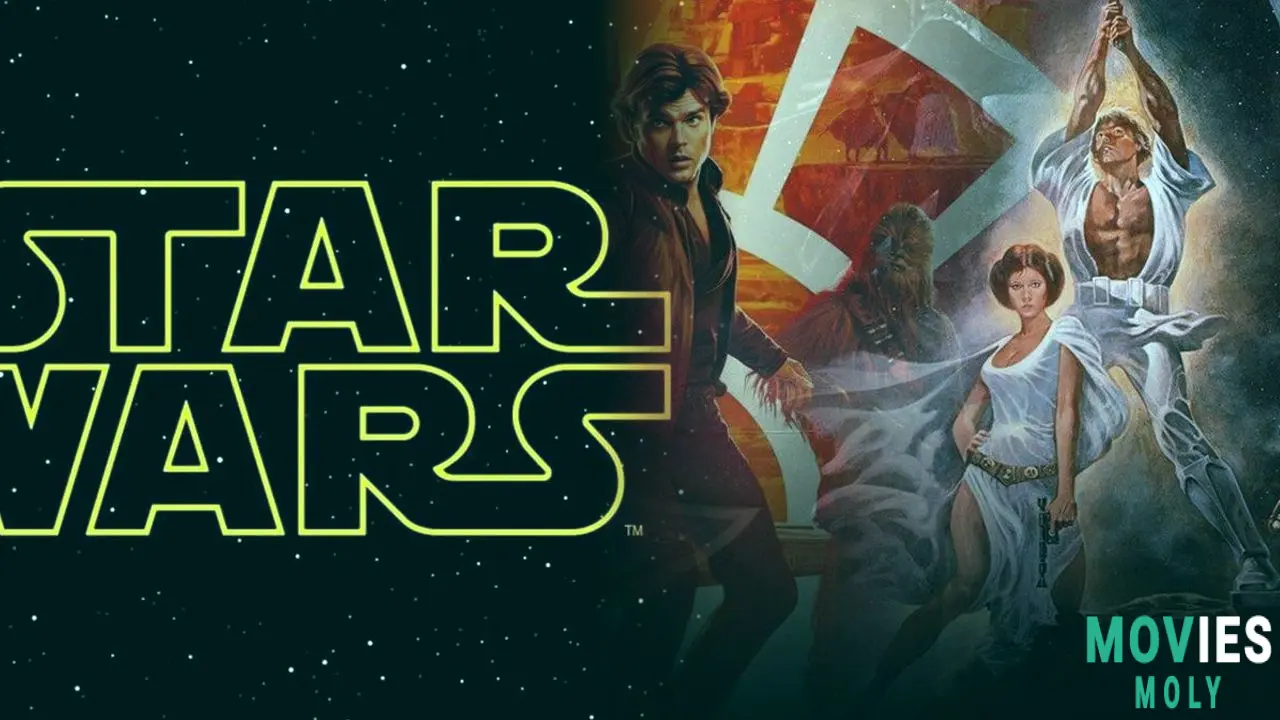
Where Do These Extra Stories Fit and What About the Growing Galaxy of Television?
Beyond the main trilogies, Star Wars has grown quite a bit. We have standalone movies like Rogue One: A Star Wars Story and Solo: A Star Wars Story. Rogue One is widely considered one of the best Star Wars films. It tells the story of how the Rebel Alliance stole the Death Star plans. It ends literally moments before A New Hope begins. So, if you are watching chronologically, it fits perfectly right before A New Hope.
Solo: A Star Wars Story gives us a look at Han Solo's early life. It happens about ten years before A New Hope. Some fans like it, others skip it. It does not directly affect the main Skywalker story, so you can watch it whenever you feel like it. Many people put it with the other standalone films, or after the entire main saga.
The world of Star Wars TV shows has really taken off in recent years. Shows like The Mandalorian, Andor, and Ahsoka have become huge hits. These shows usually fit into the timeline between the movies. For example, The Clone Wars animated series takes place between Episode II and Episode III. Rebels is set before A New Hope. The Mandalorian and The Book of Boba Fett happen after Return of the Jedi but before the Sequel Trilogy. Andor season 2 is currently airing and is also set before A New Hope. Disney has even given an official timeline that lists all the shows and movies in order if you are crazy enough to try to watch absolutely everything chronologically. This is a massive undertaking!
There are also many upcoming Star Wars projects. We have new movies announced, like The Mandalorian & Grogu, which will continue that story on the big screen. Other films are also planned, extending the universe in new directions. New TV shows are always popping up too, ensuring that the galaxy far far away will keep growing for years to come. It feels like we are constantly getting new stories to sink our teeth into. This is exciting for fans because it means there is always something new to look forward to.
Picking Your Perfect Star Wars Watch Order: Finding What Works Best For You
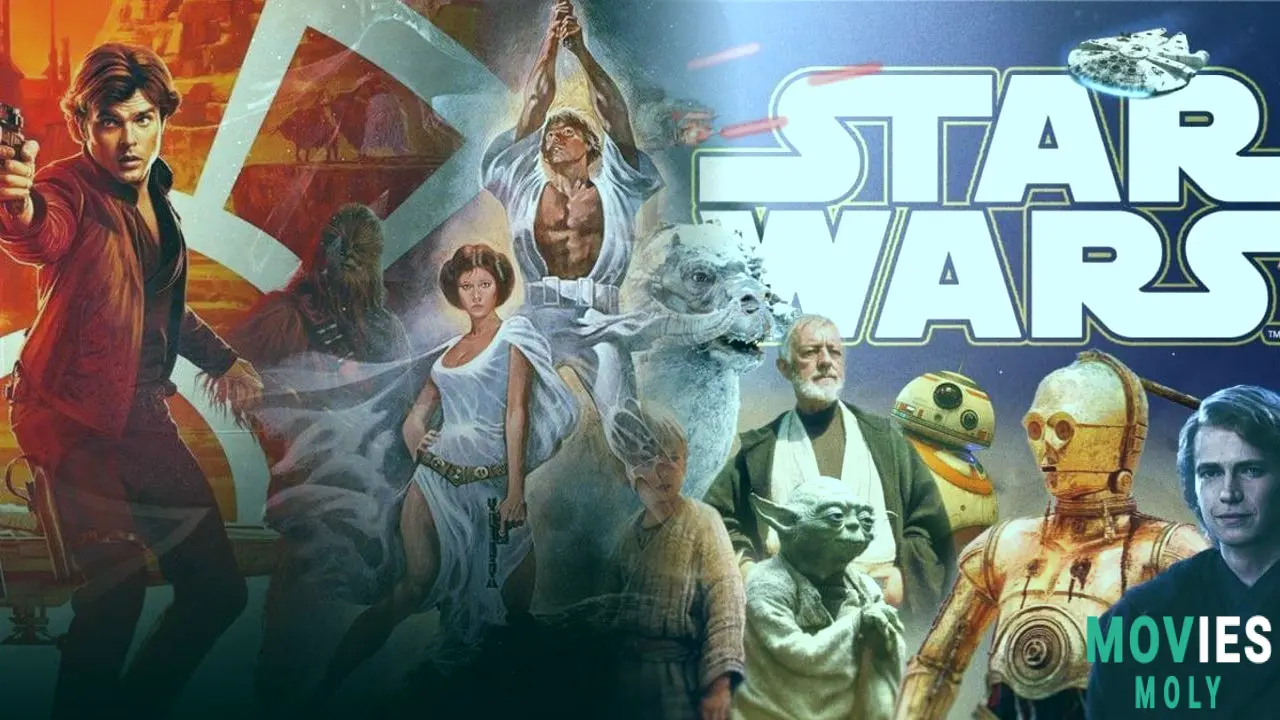
Considering All the Options and Deciding on Your Own Galactic Journey
So, which order should you pick for your Star Wars journey? As I said, there is no single best answer. It really comes down to your personal preference and what you want from the story. If you are a new viewer and want the original surprises, the release order, or the Machete Order, are strong contenders. If you are a seasoned fan looking for a straight timeline, then the chronological order might be interesting for you. And if you are trying to catch up on everything, then you might need to combine elements from all these lists. I think the fun is in trying them out and seeing what resonates with you.
The beauty of Star Wars is how rich and interconnected its stories are. No matter what order you choose to watch them in, you will still get to see heroes fighting villains. You will see grand adventures and moments that make you cheer. The emotional connections to these characters and their struggles are what makes Star Wars so special to so many of us. So, grab your popcorn, pick your path, and enjoy the ride. May the Force be with you on your movie marathon!

